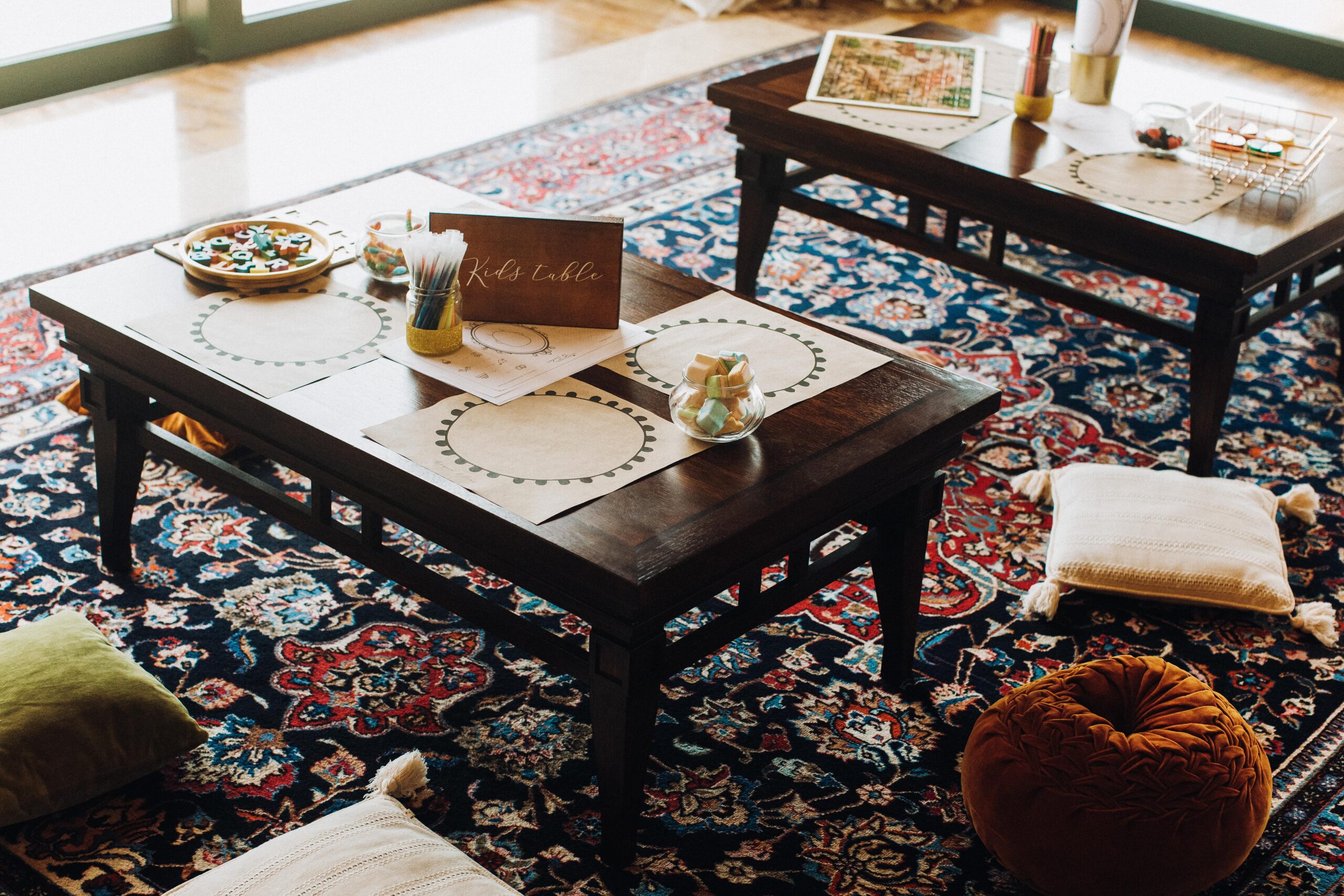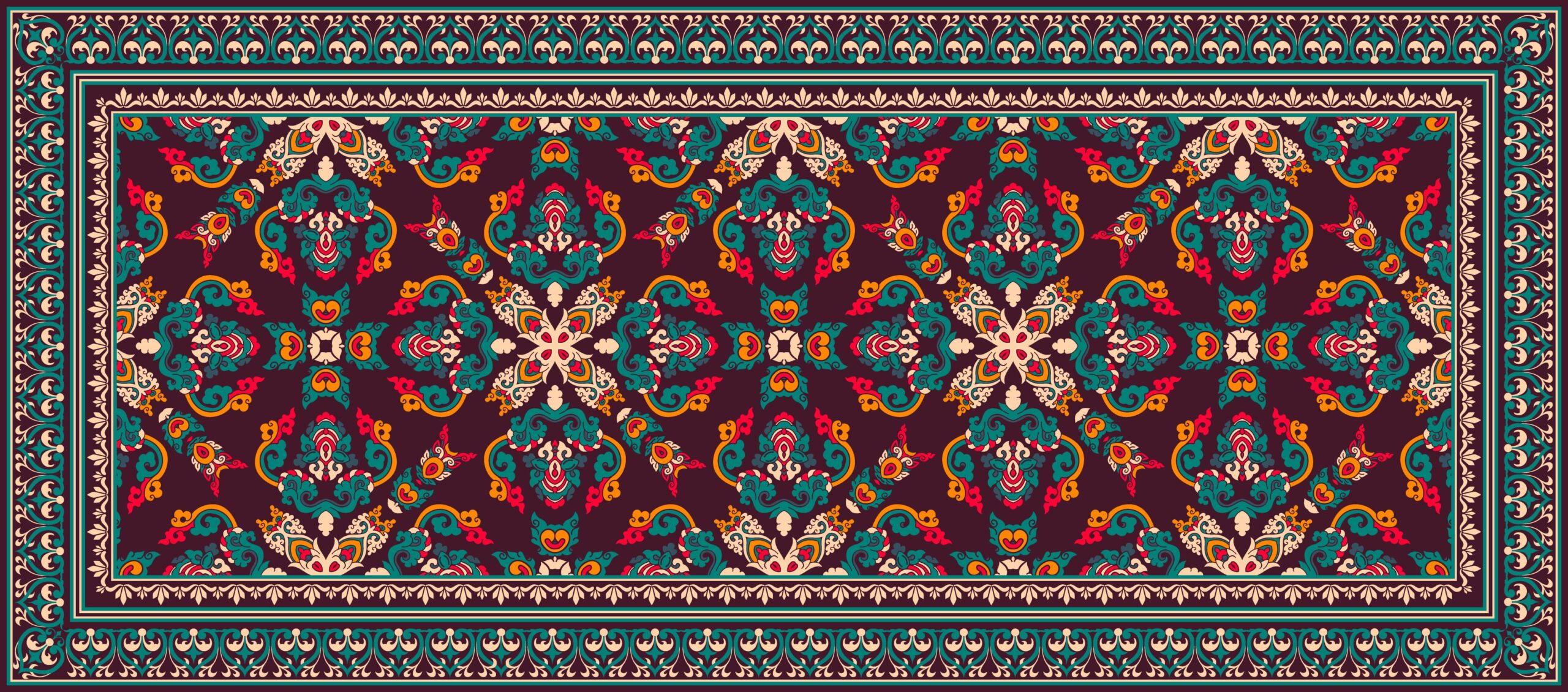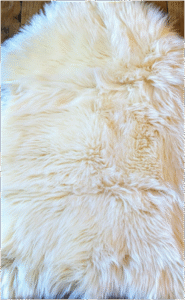At Rug Journal, we believe Oriental rugs are more than just floor coverings; they are expressions of centuries-old art, tradition, and craftsmanship. Known for their intricate patterns, rich colors, and cultural significance, Oriental rug designs remain a cornerstone in interior decor. Whether you’re a collector, interior designer, or someone looking to enrich your home with timeless elegance, understanding the diversity in Oriental rug designs can help you make an informed choice.
What Are Oriental Rug Designs?
Oriental rug designs originate from countries in the “Rug Belt,” including Iran, Turkey, India, China, and Afghanistan. These rugs are traditionally hand-knotted or hand-woven using natural fibers like wool, silk, or cotton. Each design reflects the heritage, symbolism, and craftsmanship of the region where it was made.
Oriental rug designs often feature:
- Geometric patterns
- Floral motifs
- Animal and human figures
- Symbolic medallions
- Borders with repeating patterns
Now, let’s explore 10 stunning Oriental rug designs that are iconic in the world of handmade rugs.

1. Persian Tabriz Rugs
Tabriz rugs are some of the finest Persian rugs, known for their detailed floral and vine patterns. Originating from the city of Tabriz in Iran, these rugs often include a central medallion and corner motifs.
Key Features:
- High knot density
- Wide color palette
- Classical and symmetrical design
Why It’s Stunning: The Tabriz design offers a luxurious and elegant feel suitable for formal living spaces.
2. Turkish Oushak Rugs
Oushak rugs from western Turkey are popular for their soft color palettes and oversized patterns. These rugs are often used in contemporary and transitional interior designs.
Key Features:
- Large-scale floral motifs
- Pastel and earth tones
- Thick wool pile
Why It’s Stunning: The blend of traditional craftsmanship with modern aesthetics makes Oushak rugs a favorite for today’s homes.
3. Persian Heriz Rugs
Heriz rugs are crafted in northwest Iran and are known for their bold geometric patterns and durable construction.
Key Features:
- Strong angular designs
- Dominant central medallion
- Heavy, coarse weave
Why It’s Stunning: These rugs can withstand heavy traffic, making them perfect for family rooms or entryways.
4. Indian Agra Rugs
Agra rugs stem from the Indian city of Agra, combining Persian influences with local Indian artistry.
Key Features:
- Floral and vine motifs
- Deep, rich colors like burgundy and navy
- High-quality wool
Why It’s Stunning: Agra rugs offer a regal, palatial look, often used in luxury settings.
5. Chinese Art Deco Rugs
Popularized in the early 20th century, Chinese Art Deco rugs stand out with their bold colors and simplified motifs.
Key Features:
- Bright, often pastel colors
- Minimalist floral and geometric designs
- Use of silk or fine wool
Why It’s Stunning: These rugs serve as statement pieces and add a splash of vintage glamor to modern interiors.
6. Afghan Khal Mohammadi Rugs
Hand-knotted by Turkmen tribes in northern Afghanistan, these rugs are prized for their rich red tones and geometric symmetry.
Key Features:
- Deep red backgrounds with black detailing
- Octagonal “Gul” motifs
- Strong, durable wool
Why It’s Stunning: Their dark palette and tribal motifs add warmth and character to rustic or bohemian spaces.
7. Persian Kashan Rugs
From the central Iranian city of Kashan, these rugs are a hallmark of traditional Persian design.
Key Features:
- Central medallion with intricate arabesques
- Rich jewel tones
- Fine knotting
Why It’s Stunning: Kashan rugs exude refinement and are ideal for formal dining or sitting rooms.
8. Bokhara Rugs (Turkmenistan)
Originating from Turkmenistan, Bokhara rugs are identifiable by their repeating “Tekke” guls and fine craftsmanship.
Key Features:
- Repetitive oval motifs
- Soft wool and silky sheen
- Typically red or maroon base colors
Why It’s Stunning: The symmetrical and rhythmic design provides a harmonious aesthetic for various spaces.
9. Moroccan Beni Ourain Rugs
Though technically North African, Beni Ourain rugs share stylistic qualities often categorized under Oriental rug designs.
Key Features:
- Ivory background with black or brown geometric lines
- Plush wool pile
- Minimalist design
Why It’s Stunning: Their simplicity and texture make them a favorite in Scandinavian and modern minimalist interiors.
10. Persian Isfahan Rugs
Isfahan rugs are masterpieces of design and execution, known for their precision and balance.
Key Features:
- Central medallion with intricate floral patterns
- Use of silk and wool blend
- High knot density (over 600 knots per square inch)
Why It’s Stunning: The craftsmanship and complexity make Isfahan rugs true works of art, perfect for display or use in high-end settings.
Explore More:- How to Identify Persian Rug Patterns: A Beginner’s Guide
How to Choose the Right Oriental Rug Design
Here are some tips to help you pick the perfect Oriental rug design for your space:
- Room Functionality: Choose durable options like Heriz or Afghan rugs for high-traffic areas.
- Color Scheme: Match the rug colors with your room’s existing palette.
- Size & Scale: Ensure the rug size complements your furniture layout.
- Design Aesthetic: Select floral designs for traditional spaces and geometric ones for modern or eclectic settings.
Each Oriental rug design offers a unique flavor, allowing you to express your style through heritage and artistry.
Benefits of Investing in Oriental Rug Designs
- Longevity: Hand-knotted Oriental rugs can last generations.
- Artistic Value: Each rug is a unique creation, often reflecting the weaver’s culture and personal story.
- Increased Property Aesthetics: A well-chosen Oriental rug elevates any interior space.
- Resale Value: Authentic pieces appreciate in value over time.
- Sustainability: Natural fibers and dyes make these rugs eco-friendly.
Top Reasons to Invest in Oriental Rugs
- Longevity: Hand-crafted with high-quality materials, these rugs can endure for decades, even centuries, when properly maintained.
- Artistic Value: Unlike machine-made rugs, each handmade piece is unique, incorporating traditional motifs and techniques passed down through generations.
- Increased Property Aesthetics: Oriental rugs act as statement pieces, instantly enhancing the decor of any room with richness and texture.
- Resale Value: Due to their craftsmanship and rarity, older Oriental rugs often gain value, making them worthwhile investments.
- Sustainability: Made using biodegradable materials and natural dyes, Oriental rugs are a sustainable choice for eco-conscious homeowners.
Final thoughts
Oriental rug designs represent a confluence of art, history, and craftsmanship. Whether it’s the geometric charm of a Heriz or the luxurious elegance of an Isfahan, each rug brings a unique narrative into your home. At Rug Journal, we believe in celebrating this timeless art form. By understanding the different types of Oriental rug designs, you can choose one that not only suits your style but also enriches your space with culture and beauty. If you’re looking for expert guidance or personalized recommendations, feel free to reach out — we’re here to help you find the perfect piece.
Explore more about Oriental rugs with Rug Journal and make your next interior design choice an inspired one.




